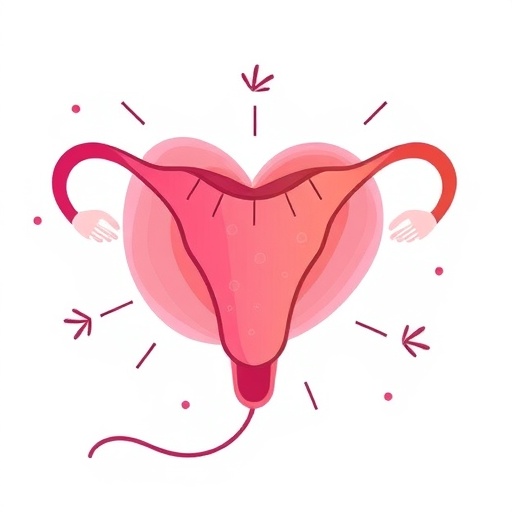NEW YORK (June 20, 2018)–Cannabis use may be decreasing among teens, but a new study by researchers at Columbia University's Mailman School of Public Health showed that American adults have increasingly used cannabis daily since 2007. The findings are published online in the Journal of Studies on Alcohol and Drugs.
The legal status of cannabis for medicinal and recreational use rapidly evolved between 2007 and 2014, with the number of states with medical cannabis laws doubling from 12 to 24. As of September 2017, 29 states and the District of Columbia had medical cannabis laws, and 8 states and the District of Columbia had recreational cannabis laws.
The study found that nondaily cannabis use decreased among those aged 12 to 2J and 35 to 49 before 2007, increased among all adults after 2007, particularly among adults 26 to 34–the latter by 4.5 percent. Daily cannabis use decreased among those 12 to 17 years of age before 2007 and increased among adults in general after 2007. Daily cannabis use was highest among 18 to 34-year-olds but overall, the rate of daily cannabis use increase did not differ significantly and ranged between one and two percentage points among adults 18 to 54.
"Increases in daily and nondaily cannabis use among adults after 2007 could be due to increasingly permissive cannabis legislation, attitudes, and lower risk perception," said Pia M. Mauro, PhD, assistant professor of Epidemiology at the Mailman School of Public Health and first author.
Using the National Survey on Drug Use and Health, a survey of individuals ages 12 and older, the researchers examined trends in cannabis use among six age categories between 2002 and 2014. They compared change over time to identify ages that may have disproportionately increased use of cannabis. Daily use was defined as 300 days or more in the past year.
"We saw a steady increase in more frequent use among people who reported cannabis use, including young people," Mauro noted. "We found significant increases in daily cannabis use across adult age categories after 2007 that contrasted with stable prevalence before 2007 and decreases among adolescents."
"Not all adults use cannabis at the same rate," said Silvia Martins, MD, PhD, Mailman School associate professor of Epidemiology and senior author. "Understanding the ages at which young people and adults use cannabis can help target appropriate reduction or prevention interventions."
Middle-age adults ages 50 to 64 were the only group with increases in nondaily cannabis use both before and after 2007. If trends continue, prevalence estimates of cannabis use among ages 50 to 64 could surpass those of adults ages 35 to 49.
"Research about the patterns and consequences of cannabis use in baby boomers in particular is needed, since use is high in this birth cohort and is expected to continue to increase," said Martins. "Moreover, significant increases in nondaily cannabis use among adults 65 and older defy perceptions that older adults do not use cannabis, although daily use in this age group remains rare."
###
The study was funded by the National Institute on Drug Abuse (grants T32DA031099, R01DA037866, and R01DA034244); and the New York State Psychiatric Institute. The authors report no competing interests.
Co-authors are Hannah Carliner, Qiana Brown, and Melanie Wall, Mailman School of Public Health; Deborah Hasin, Mailman School of Public Health and New York State Psychiatric Institute; Dvora Shmulewitz, Reanne Rahim-Juwel, and Aaron Sarvet, New York State Psychiatric Institute and Department of Psychiatry, Columbia University Irving Medical Center.
Columbia University's Mailman School of Public Health
Founded in 1922, Columbia University's Mailman School of Public Health pursues an agenda of research, education, and service to address the critical and complex public health issues affecting New Yorkers, the nation and the world. The Mailman School is the third largest recipient of NIH grants among schools of public health. Its over 450 multi-disciplinary faculty members work in more than 100 countries around the world, addressing such issues as preventing infectious and chronic diseases, environmental health, maternal and child health, health policy, climate change & health, and public health preparedness. It is a leader in public health education with over 1,300 graduate students from more than 40 nations pursuing a variety of master's and doctoral degree programs. The Mailman School is also home to numerous world-renowned research centers including ICAP and the Center for Infection and Immunity. For more information, please visit http://www.mailman.columbia.edu.
Media Contact
Stephanie Berger
[email protected]
212-305-4372
@ColumbiaMSPH
https://www.mailman.columbia.edu/




